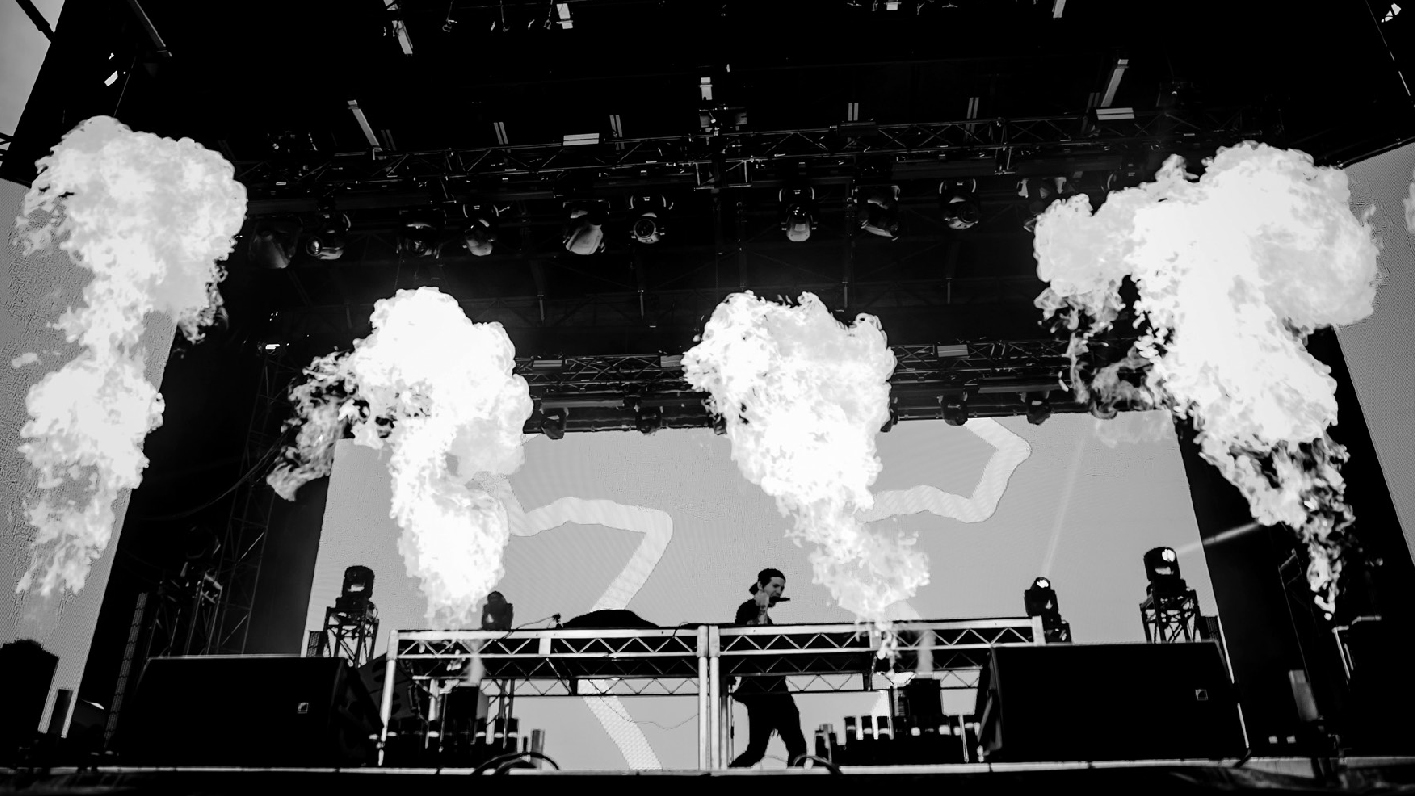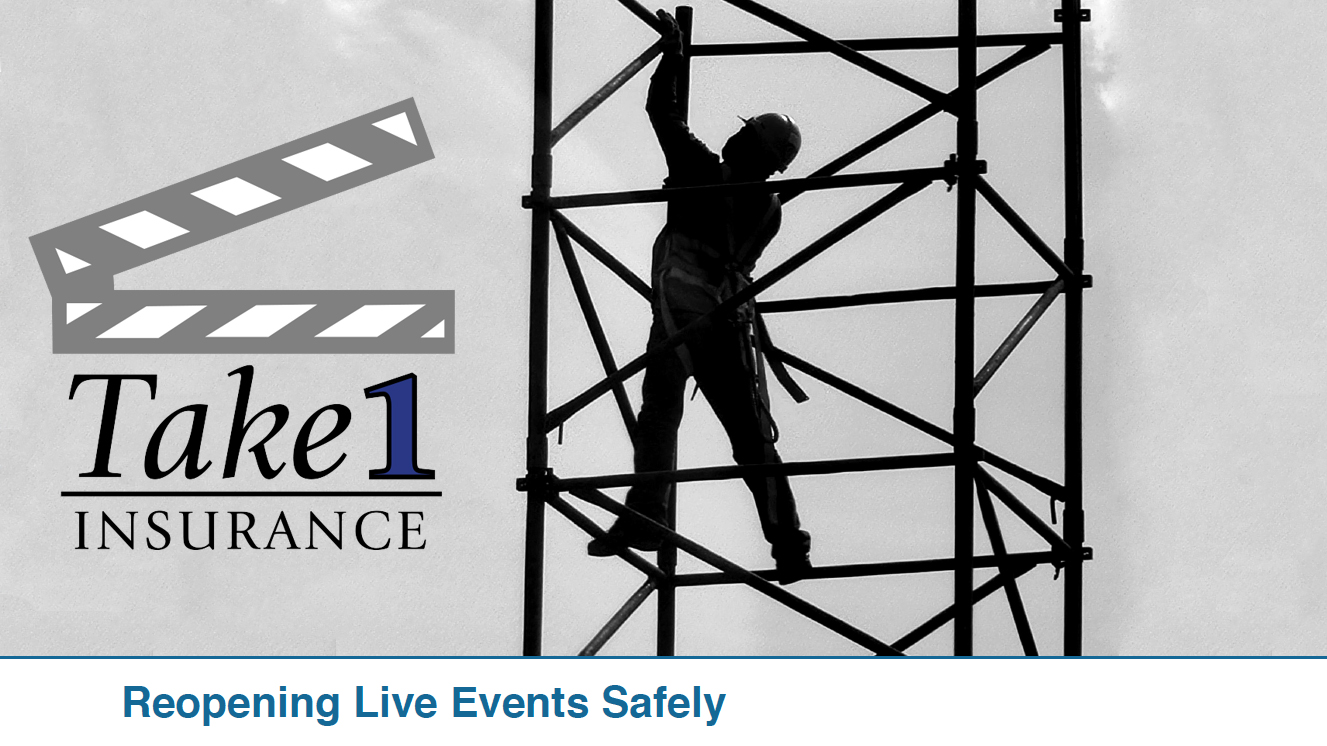The educational white paper “Reopening Live Events Safely: An Industry View” is now available for download from industry insurance solutions provider Take1 Insurance.
Current Live Events Environment
“The entertainment and live events industry has been through a nightmare scenario as the COVID-19 pandemic brought everything to a halt. Virtual events have helped fill gaps, but, ultimately, the desire of people to experience live events in person cannot be denied,” said Scott Carroll, Take1 Insurance vice president and program director. “Now with vaccines rolling out, the prospect of getting back to some semblance of normality is becoming a reality. Together with our partners, we are doing everything possible to help shake off the rust and get our industry back to work safely.”
Carroll said that everyone must recognize that the workforce of the entertainment and live events industry has changed radically in both quantity and quality over the last year and a half. According to IBISWorld, there were more than 270,000 concert and event promotion employees in the U.S. as of February 2019. A year later, that workforce had shrunk to around 148,000, a drop of 55 percent.
“Even as we start to recover, the workforce totaled 190,000 in February 2021. When will it return to pre-COVID numbers? Even with steady growth, not before 2022, if then. Many experienced workers will not be returning. They were forced to seek alternate employment and have moved on with their lives.”
In addition, the employment model itself has changed from full-time staff to freelance gig workers. Looking at the two largest concert producers underlines this dramatic story. Live Nation saw its quarterly concert activity plunge from 7,000 concerts in 2019 Q2 to 24 concerts in 2020 Q2. With revenue down 98 percent, it's not surprising that their workforce was reduced from 18,700 to 700 to keep pace.
AEG, the No. 2 producer, told Rolling Stone that the company expected to lose 10,000 North American shows in 2020, plus at least half of that in 2021. That’s a loss of $2 billion to $3 billion dollars. In a normal year, AEG puts on around 13,000 shows, which translates into a loss of about 75 percent of their expected business in 2020.

Current Challenges
With all this upheaval, the live events workforce, particularly technical workers, faces enormous challenges.
1. The pool of experienced workers has shrunk dramatically. Many are financially stressed after a year of turmoil as well as professionally “rusty” and in need of refresher training as the industry gets back up to speed.
2. Many new workers are entering the pool without any training or experience, especially when it comes to safety on the jobsite. Their inexperience can create risk.
The Take1 white paper discusses strategies to go back to work while managing risk. While there are many strategies to consider, the most crucial is safety. The white paper features industry experts, including production professionals, underwriters, brokers, and safety specialists, to better understand what it will really take to get back to work safely.
This news follows last week’s announcement that, in partnership with Intact Insurance Specialty Solutions and the Event Safety Alliance, Take1 will provide free Event Safety Access Training to professionals returning to work after more than a year of being sidelined because of the COVID-19 pandemic.
Related News
COVID-19’s Impact on the Live Events Industry • How AV and live events professionals can get through the COVID-19 crisis.
Event Safety Alliance Offers Free Event Safety Access Training • The free ESAT training for live event professionals is sponsored by Take1 Insurance underwriting partner Intact Insurance Specialty Solutions. The course will be available free of charge until Aug. 1.
